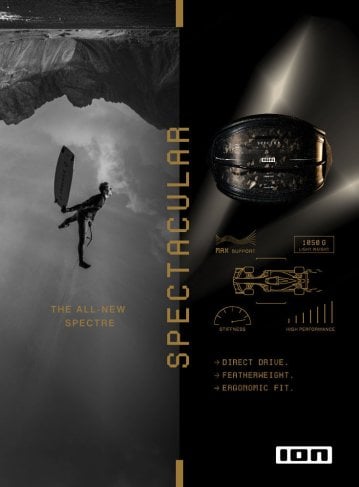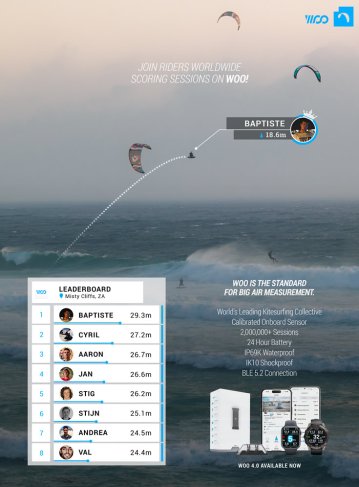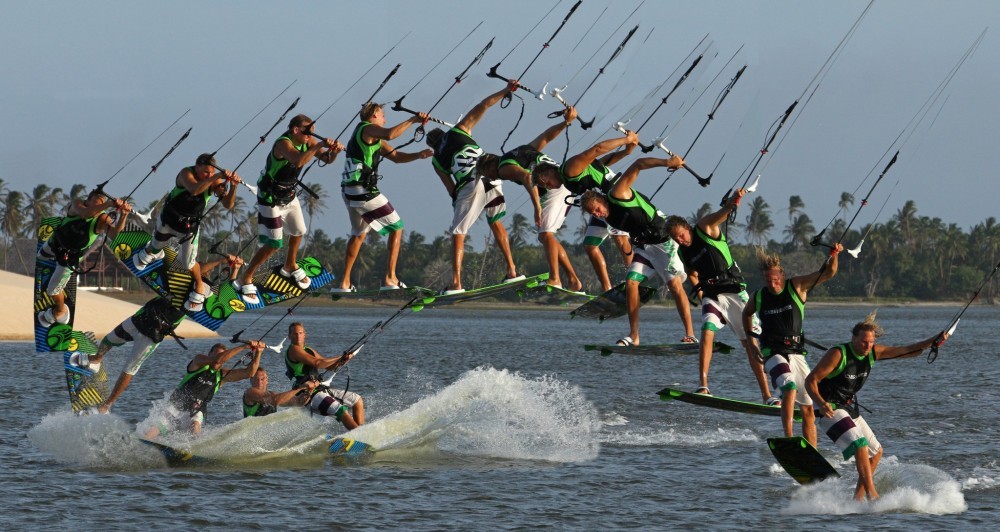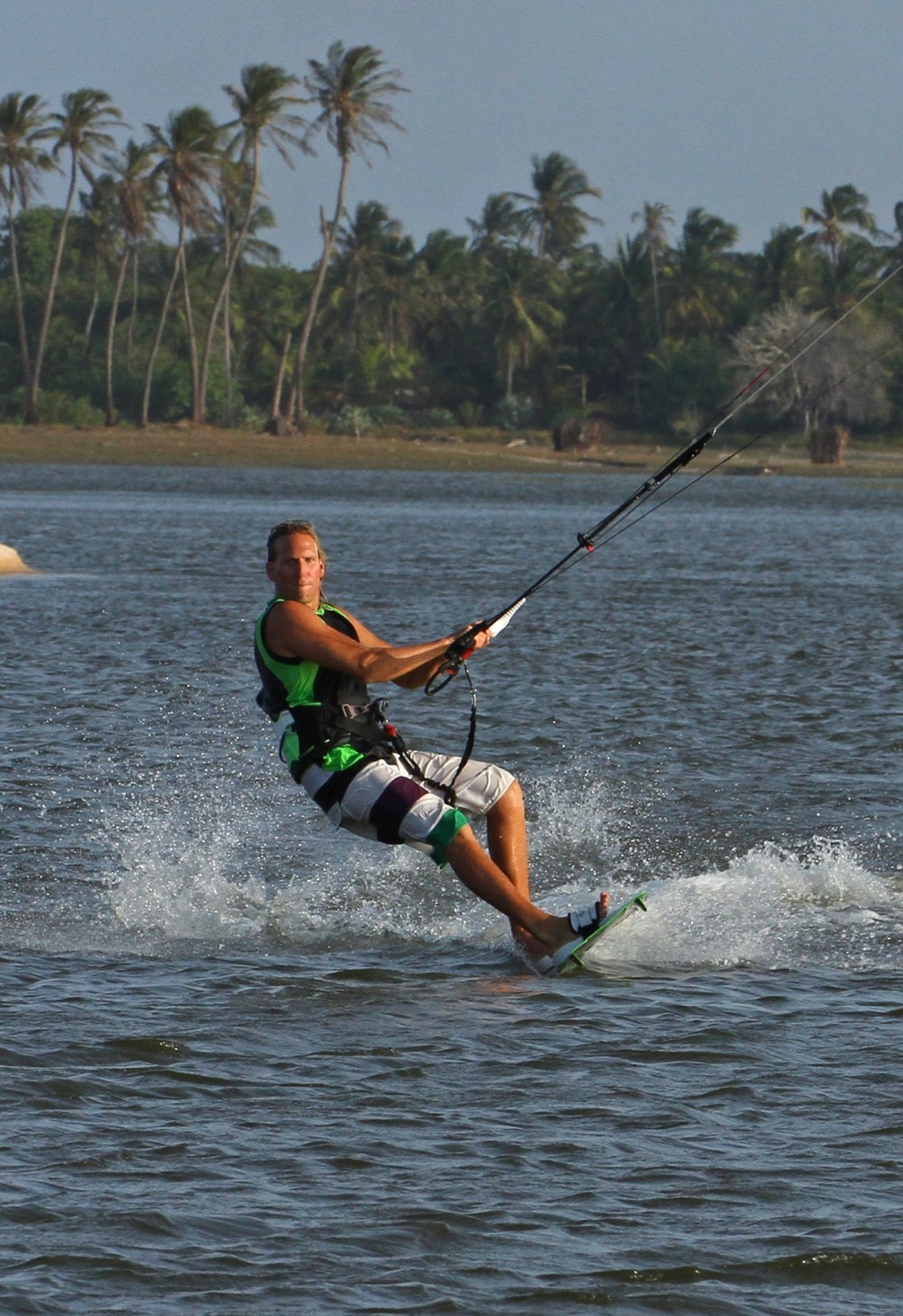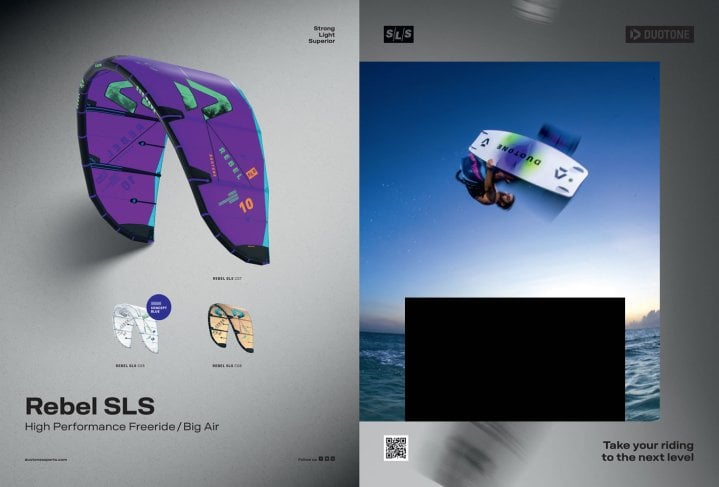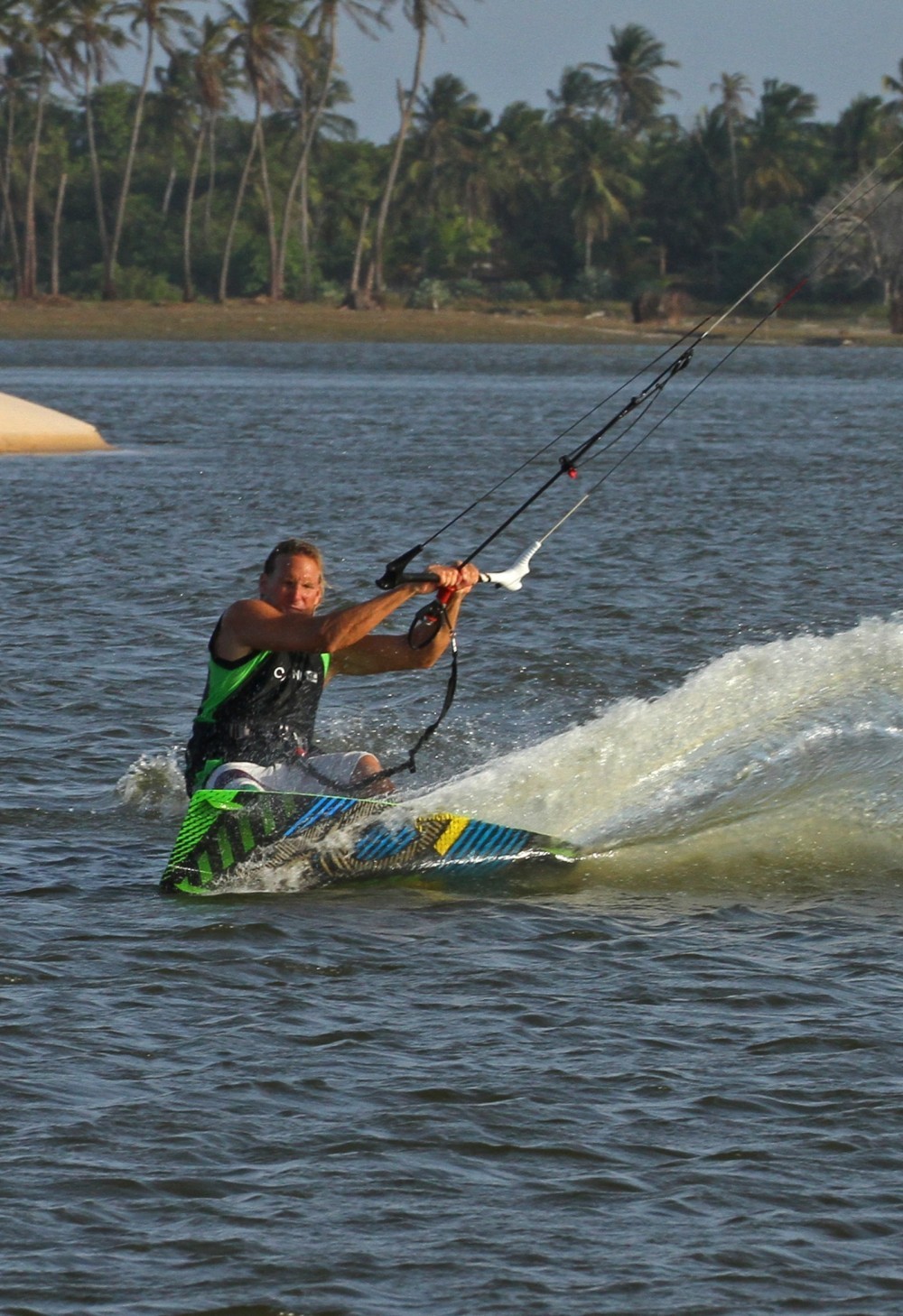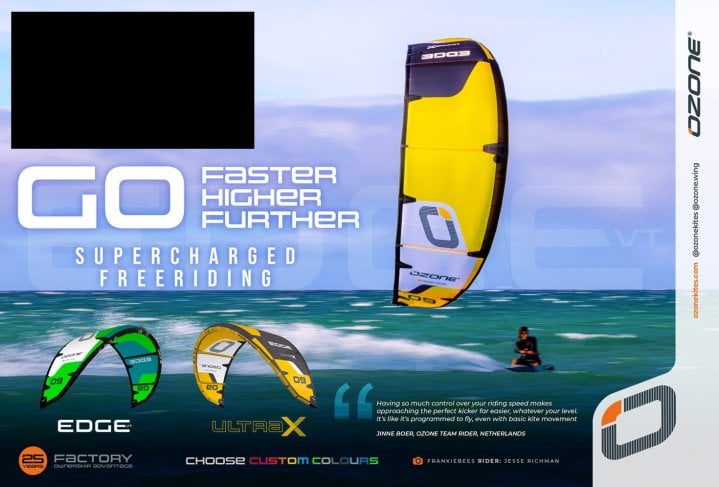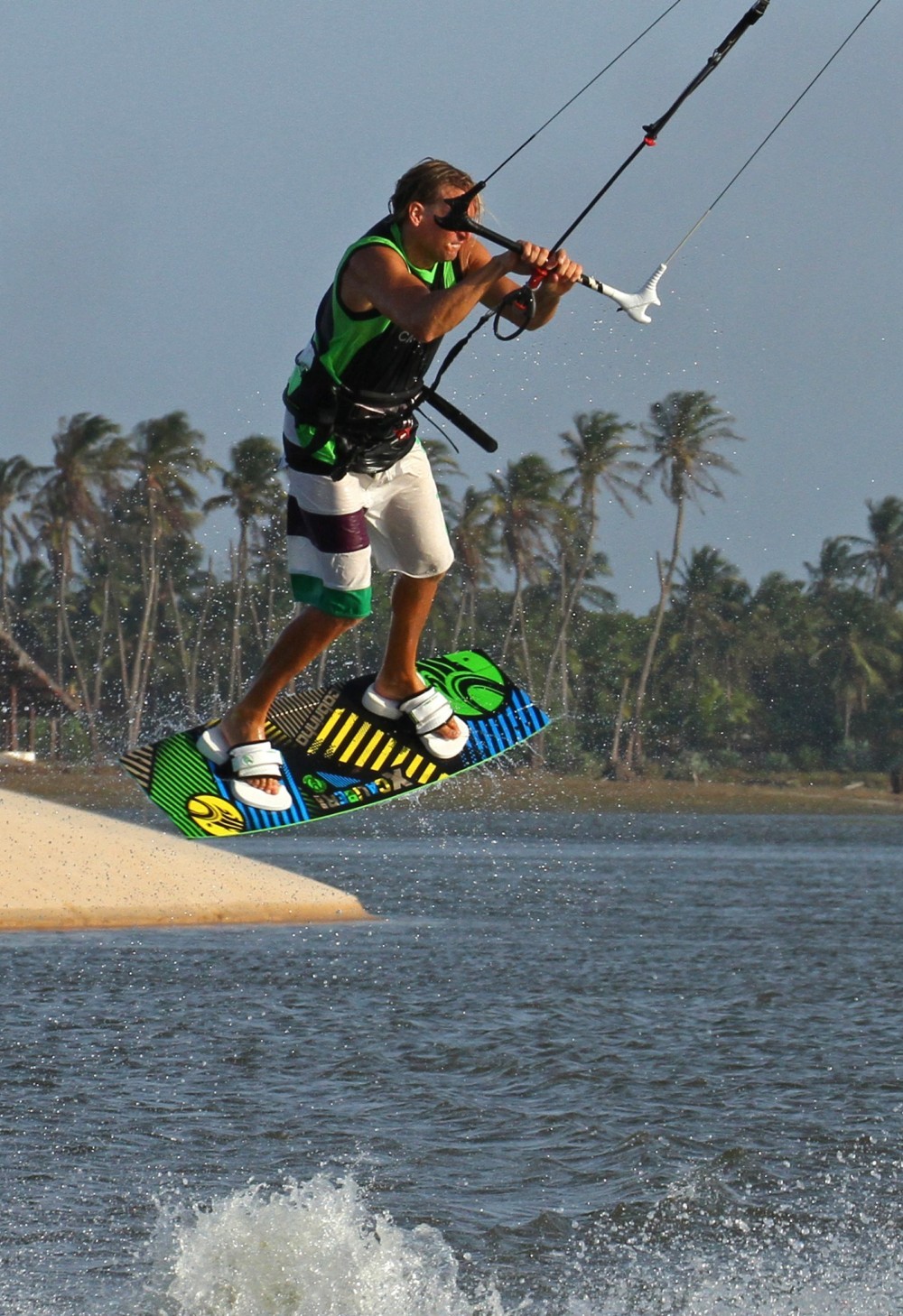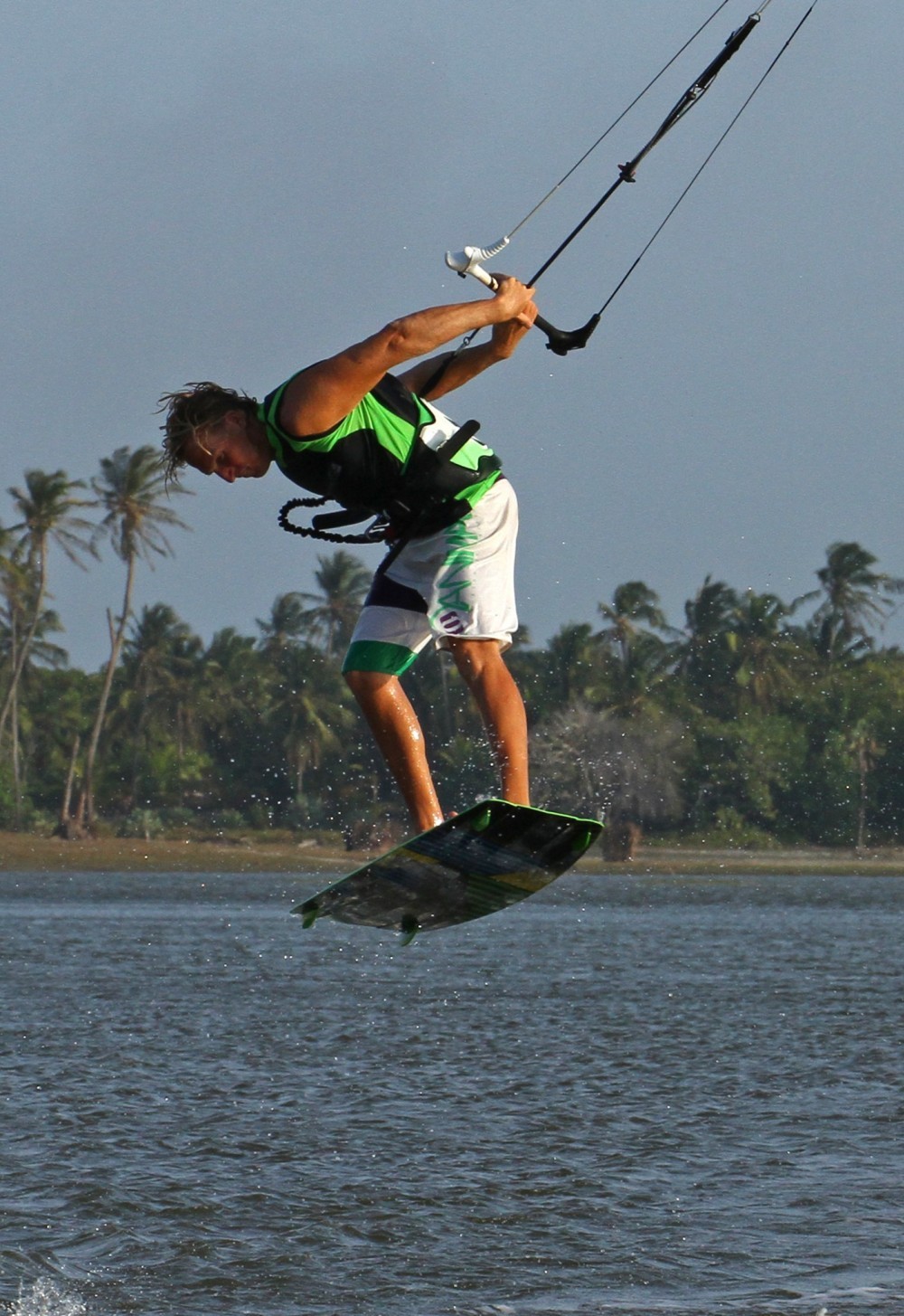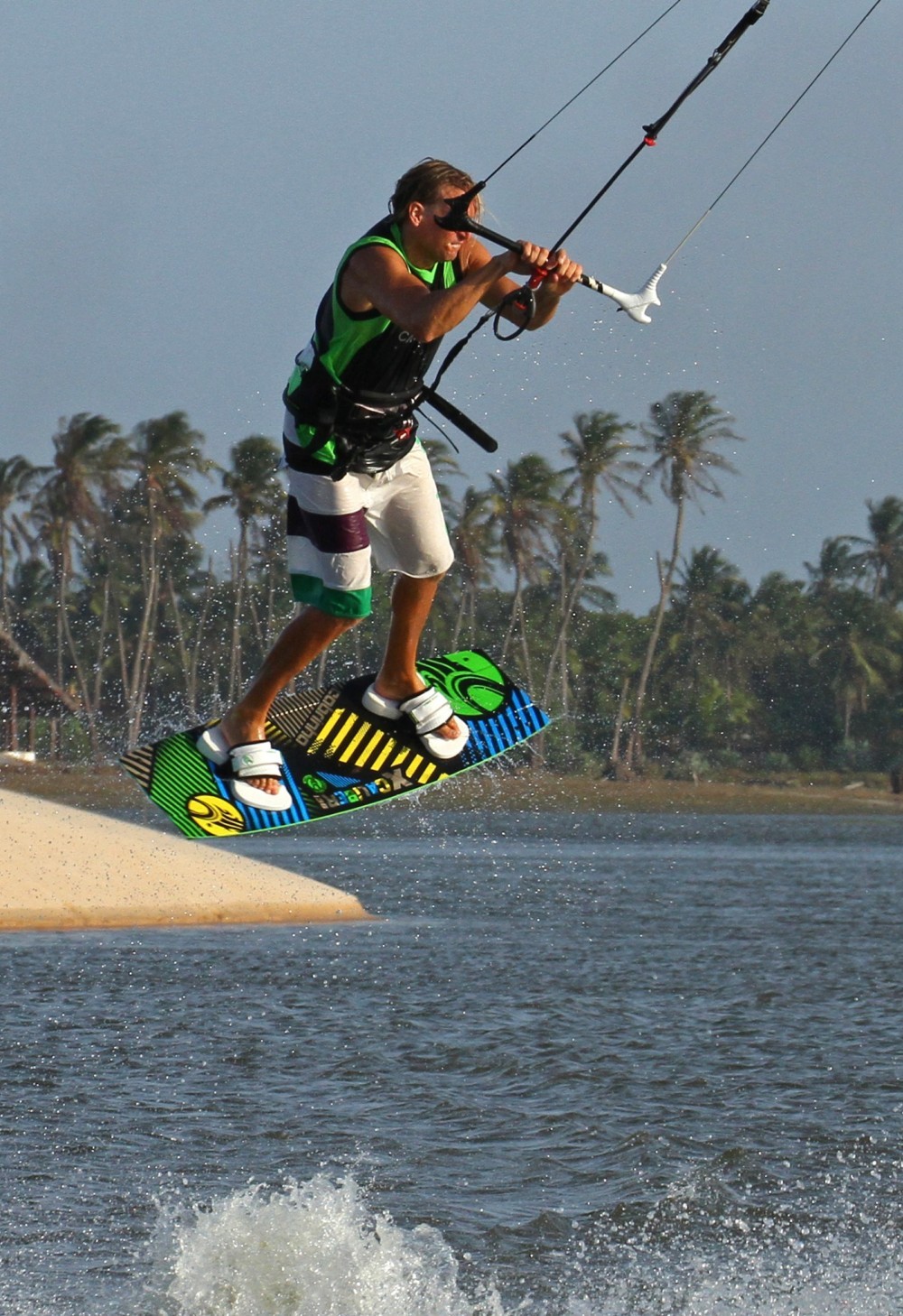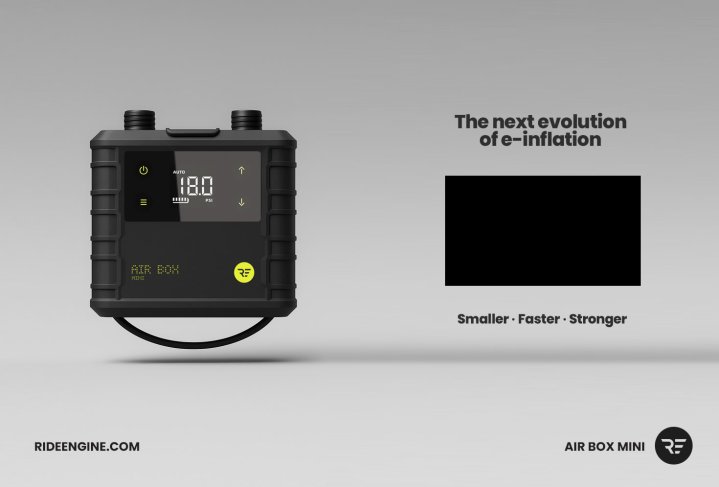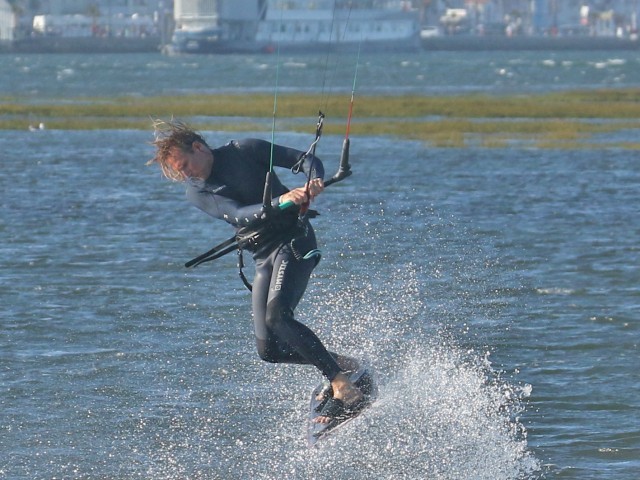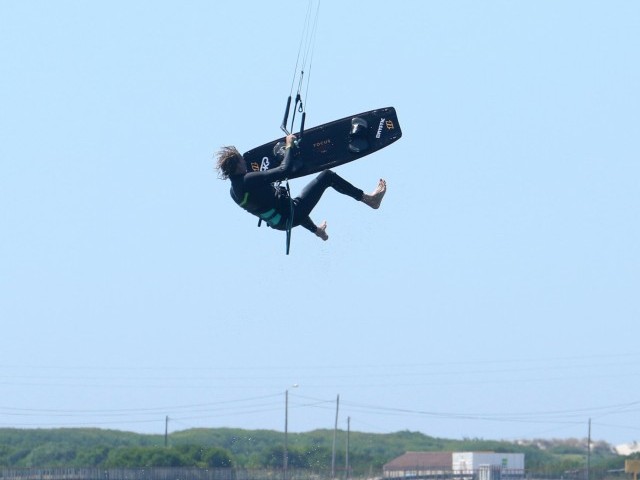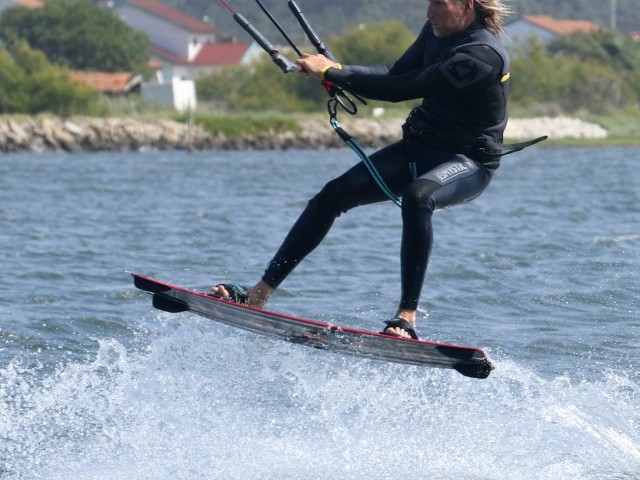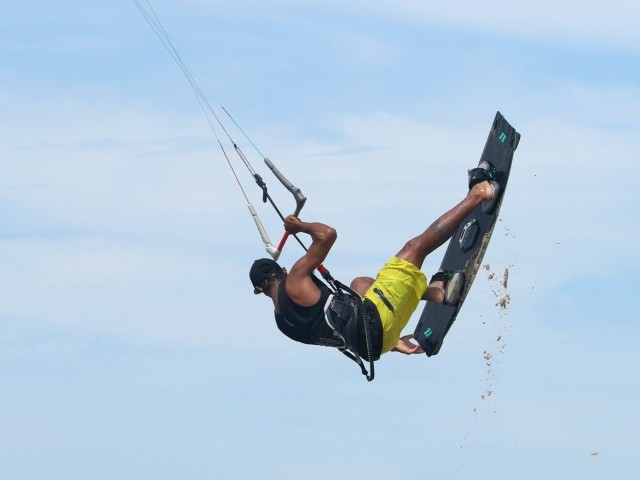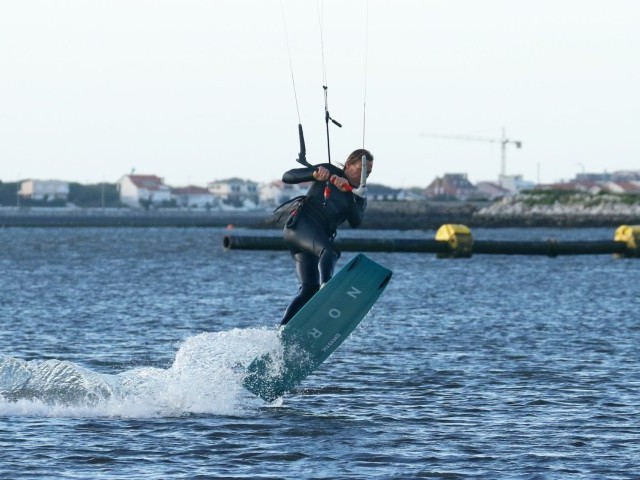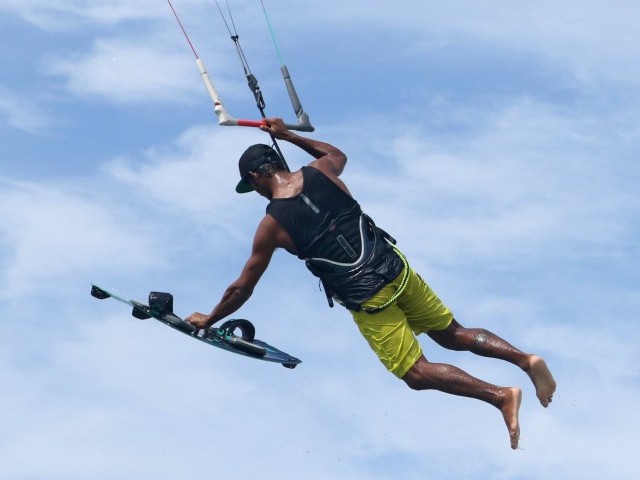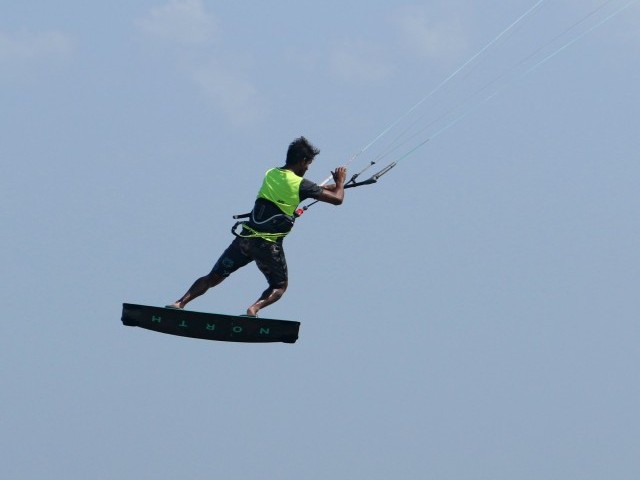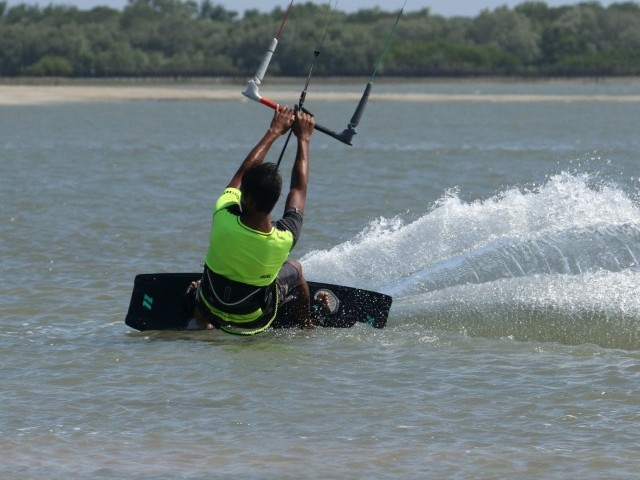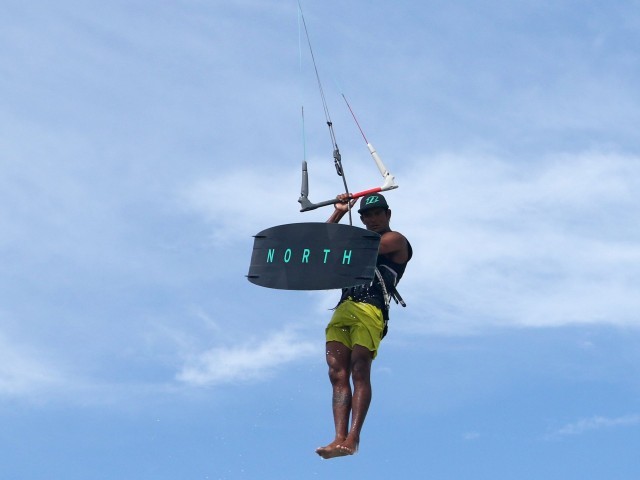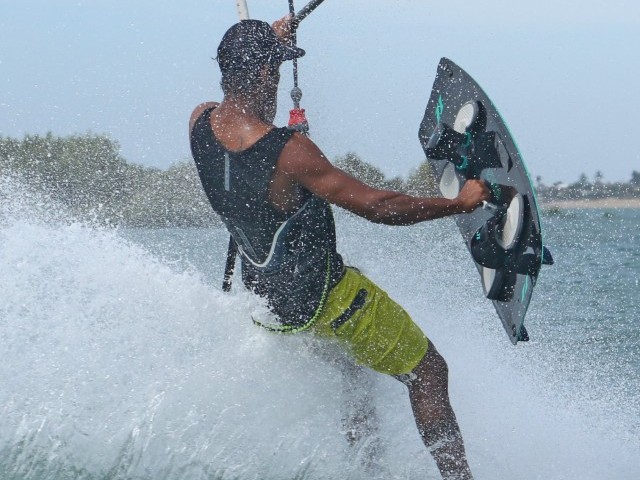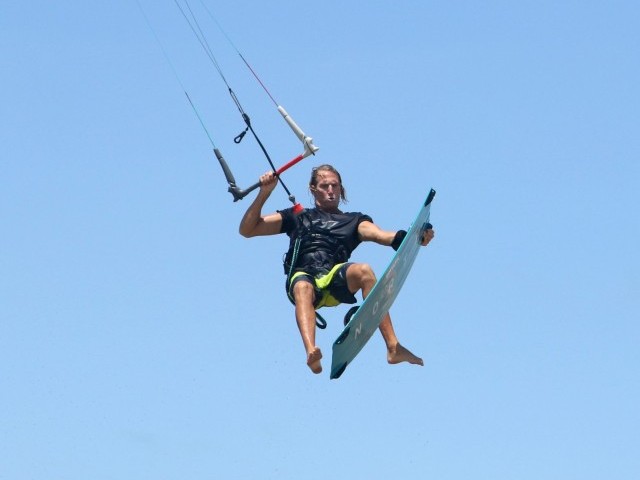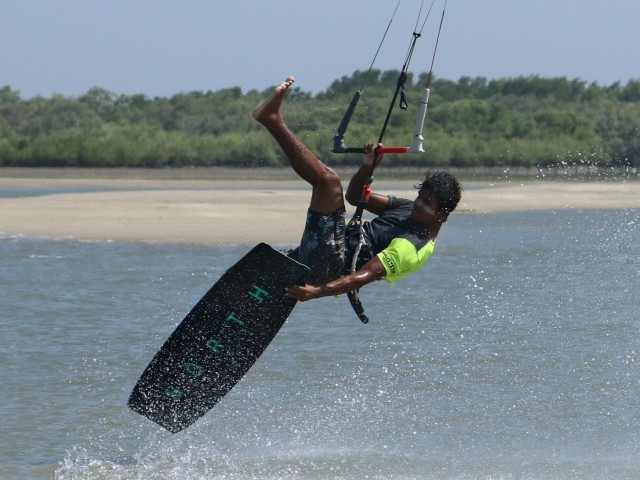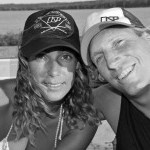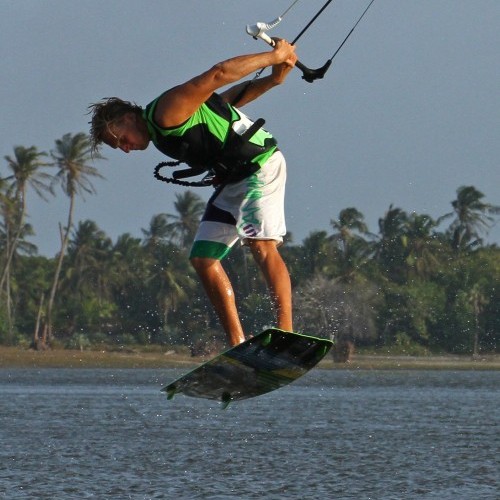
Blind Judge 3
Technique / Advanced
Introduction
We’re expecting that you can already stomp the blind judge, and therefore we’ll tweak what you have to move you towards the full monty.
In tech terms, considering that you should land a blind judge pretty much down wind, you’re only going to have to turn just over another 90˚ to claim this one, but that’s a bit like saying you only have to pass the bar in the air to convert the blind landing into a judge, only. It may not sound like much but it’s worth the effort, as it will quite literally feel stunning to land back on your heels – boom!
We’ll walk you through the bits that we think make the difference and get you all the way around.
The Approach
Yes once again if you don’t start this right you’ll be emptying your bladder into the wind, whilst banging your head on the proverbial brick wall.
First things first, where you start is where you’ll finish, so if you want to land heelside pointing downwind you better bear away so that you’re pointing very downwind before take off to help your chances. If not even if you rotate all the way you’ll land on an edge and butt check at best.
Secondly you’ll need a decent amount of speed, which will give you more pop, more time in the air and a lighter bar so that you can keep it even closer to you for the pass. Get your kite at a height where you feel you can edge but that will still allow you to get up, not just along, so most likely around or 11 or 1.
Finally you’ll need to get your body and weight into the right position to control the speed and pop. This should be nothing new but you can see that Christian has his hips back over the back of the board, his front leg extended, his shoulders behind his hips and his elbows in. This is only possible if your bear away in this position so don’t carve off the wind and bend your front knee!
The Carve
You need to be super aggressive here to get maximum pop, so fight for it. If this was a close up you’d see Christian’s rather pained kite face, there’s some effort involved.
From the good approach position Christian was able to quickly carve back onto his edge by turning the board back up wind. To resist sufficiently Christian does not allow his back leg to bend more than it was before he carved – you can only use the bend that you have to pop. At the same time Christian’s front leg remains fairly straight which keeps his hips back and low. The final battle is to keep his front elbow in to stop the kite rising as he carves against it.
Pop and Flick
This is definitely one of the most influential moments in learning this move, the flick which follows your pop.
By resisting hard, carving hard and popping hard but late, Christian’s board flicks around behind him, turning his waist and shoulders upwind, so that the board is more vertical than horizontal behind him. To prevent himself from rotating Christian keeps looking forward and keeps his arms in, but he doesn’t resist this movement as it is the coiling of the spring! In this position Christian’s legs are straight, he doesn’t let his knees bend and feet lift.
If you’re used to letting your knees bend your feet up behind you, you need to work on this straight flick. From here you can use gravity to gain maximum speed to spin effectively. If the feet go up you only have your knees travelling a short distance, as opposed to the weight of the board coming from far behind and one side to the other.
Pull and Turn
The flick is only transient, because no sooner is your board behind you than you need to get a move on and throw the 3.
As soon as Christian can, he pulls hard on the bar to get his head and shoulders above it and swings the board forward. With the board and his body coming from that turned upwind position, it starts to turn Christian as soon as he moves. Worth noting as well that as Christian pulls on the bar with both hands he is already twisting it around ready for the pass. In comparison to a blind judge Christian does throw himself into the rotation, committing to a full rotation from the off. Think of it as a full flat rotation as opposed to a blind judge with a heel side landing.
The basic difference here is that if your board is horizontal it swings forward and down as you pull. From the flicked position, as soon as you pull you automatically start to turn and therefore build up momentum for a full 360˚.
The Pass
Hopefully the extra pop and direction of spin created from your flick will allow you to keep two hands pulling on the bar for longer whilst still allowing you to turn. This should then allow you to pass the bar nearer to you, whilst you remain more upright with the board underneath you. If you’re comfortably landing blind judges, then concentrate on passing the bar later, allowing your body to turn further before reaching for the bar.
You can see in the picture that Christian’s hips are over the board, so he is rotating with the board. Christian achieves this by keeping his head more upright, so don’t tuck your chin into your chest. You can also see that at the moment of passing Christian’s head is turning to look forward, keeping the rotation alive. Finally Christian’s trailing leg is bent. You must keep this leg, you front landing leg bent so that it doesn’t drop down away from you, preventing you from completing the full 3.
Getting it round
The final hurdle. You can see that as Christian releases his front hand he keeps his back arm bent and the bar close. This will keep him moving towards the kite and prevents him from dropping down. Christian’s head is still turning to look for the landing, bringing his shoulders with it. Now whilst holding the bar in close Christian lifts his front knee through with the rotation and twists the bar around in front of him, so that the bar will lead him as he comes around, bingo.
Top Tips
They’ve all been mentioned, but start well off the wind, go for the flick and pull early. Really spin into the rotation, committing for the full 360 and pass the bar late so that you turn further, leading with your head held high. Once you pass the bar keep your knees and board up, and the bar in close, so that you can roll you front shoulder towards the bar waiting in front of you….
To get yourself in the mood and your head around it, try to get the full 3 without passing the bar, so let go when you should pass but aim to get your body and board around. Don’t however practice this method too much as you don’t want muscle memory to remember the letting go.
You will need time and height to land this, so as well as going early you can sneak the kite up a fraction as you pop, but don’t wait to see if it’s enough, as then you’ll be too late.
Now have a gander at Sequence 1 and the videos to get the whole move.
Keystones
- Flick from take off.
- Immediately pull and turn.
- Head and knees up.
- Pass later in your rotation.
- Keep bar in close and lift knee through.
This technique article was in Issue 37 of IKSURFMAG.
Related
By Christian and Karine
Christian and Karine have been working together as a coaching team, running improver to advanced kitesurfing clinics since 2003.




